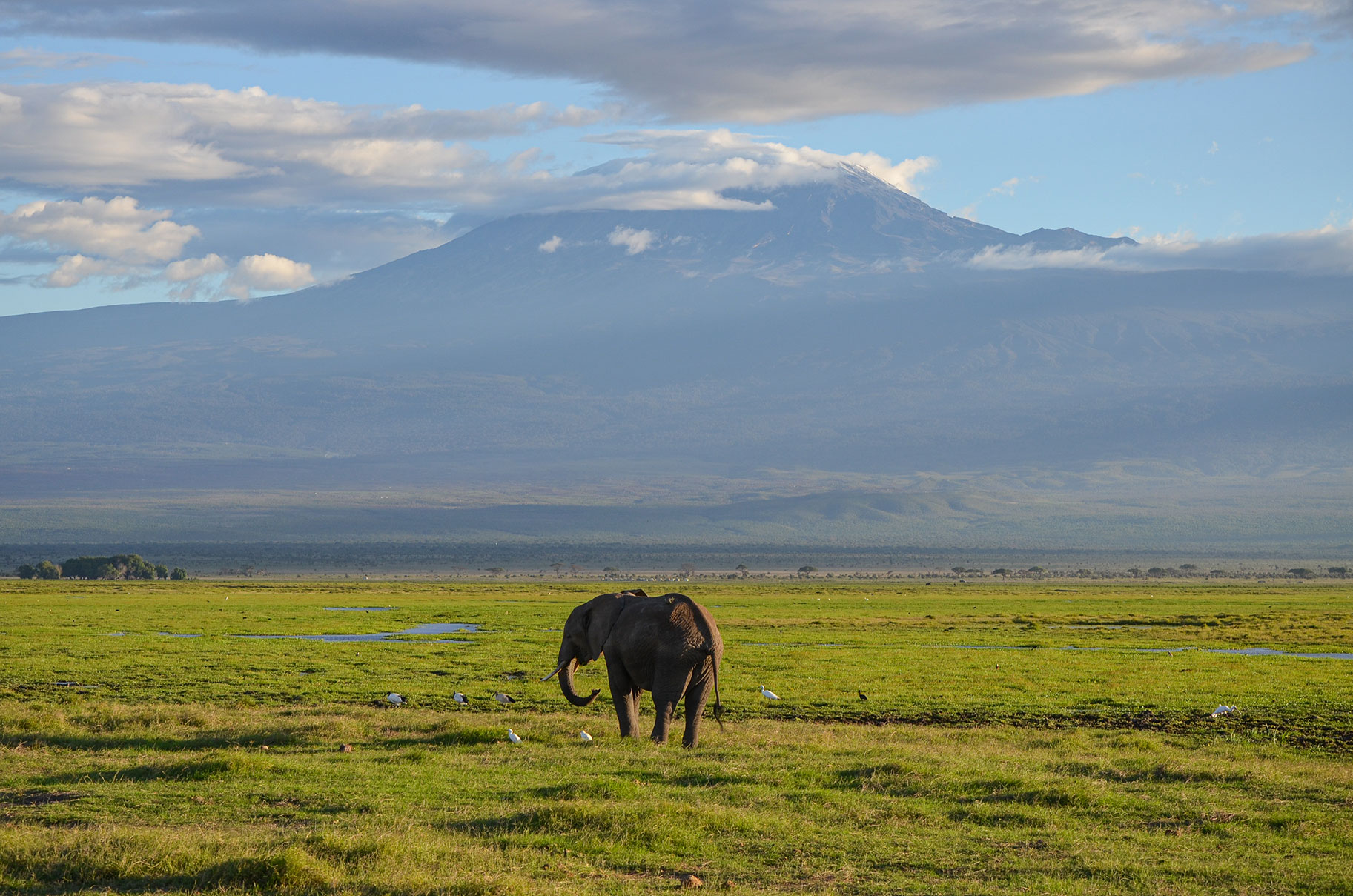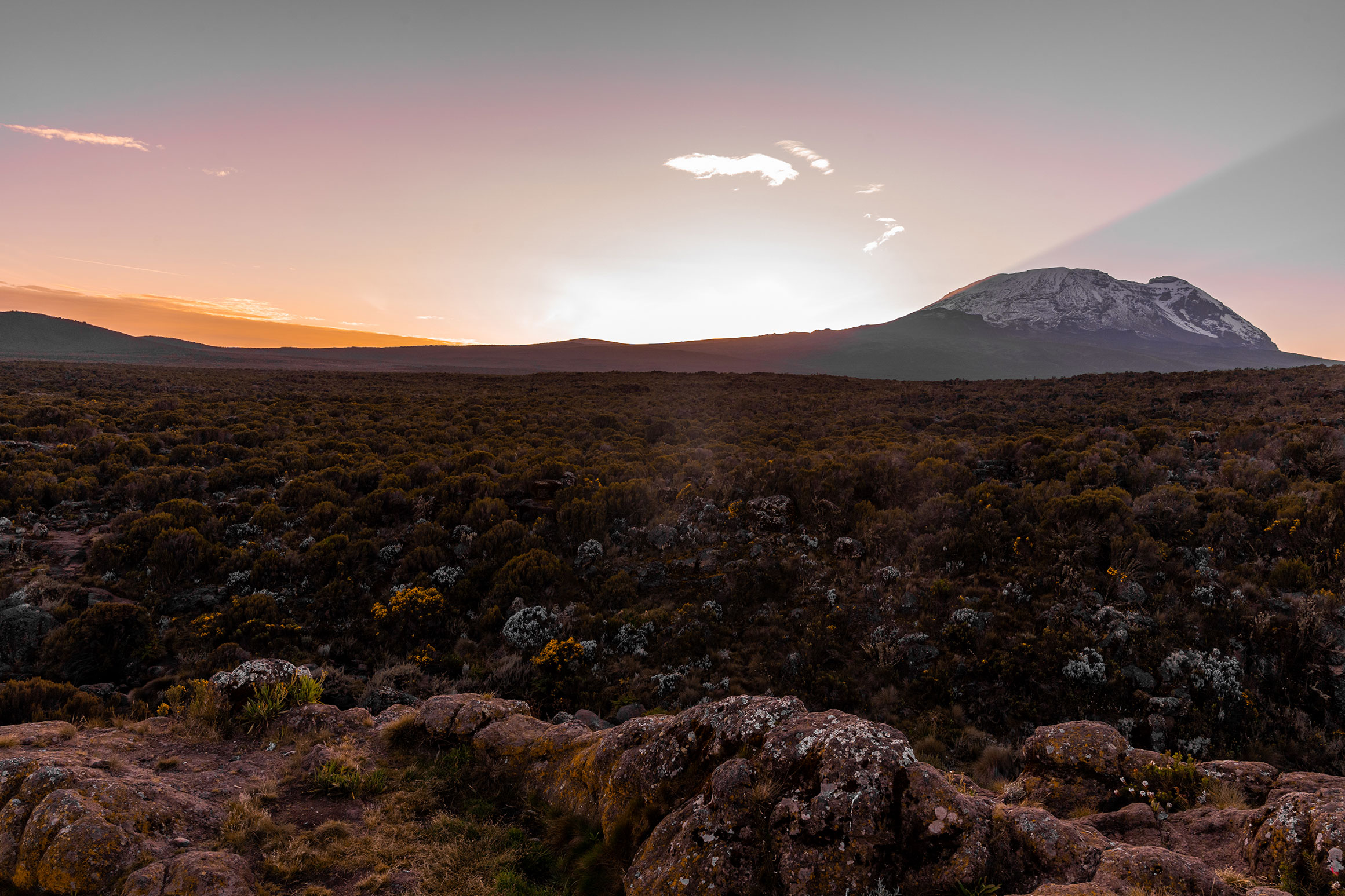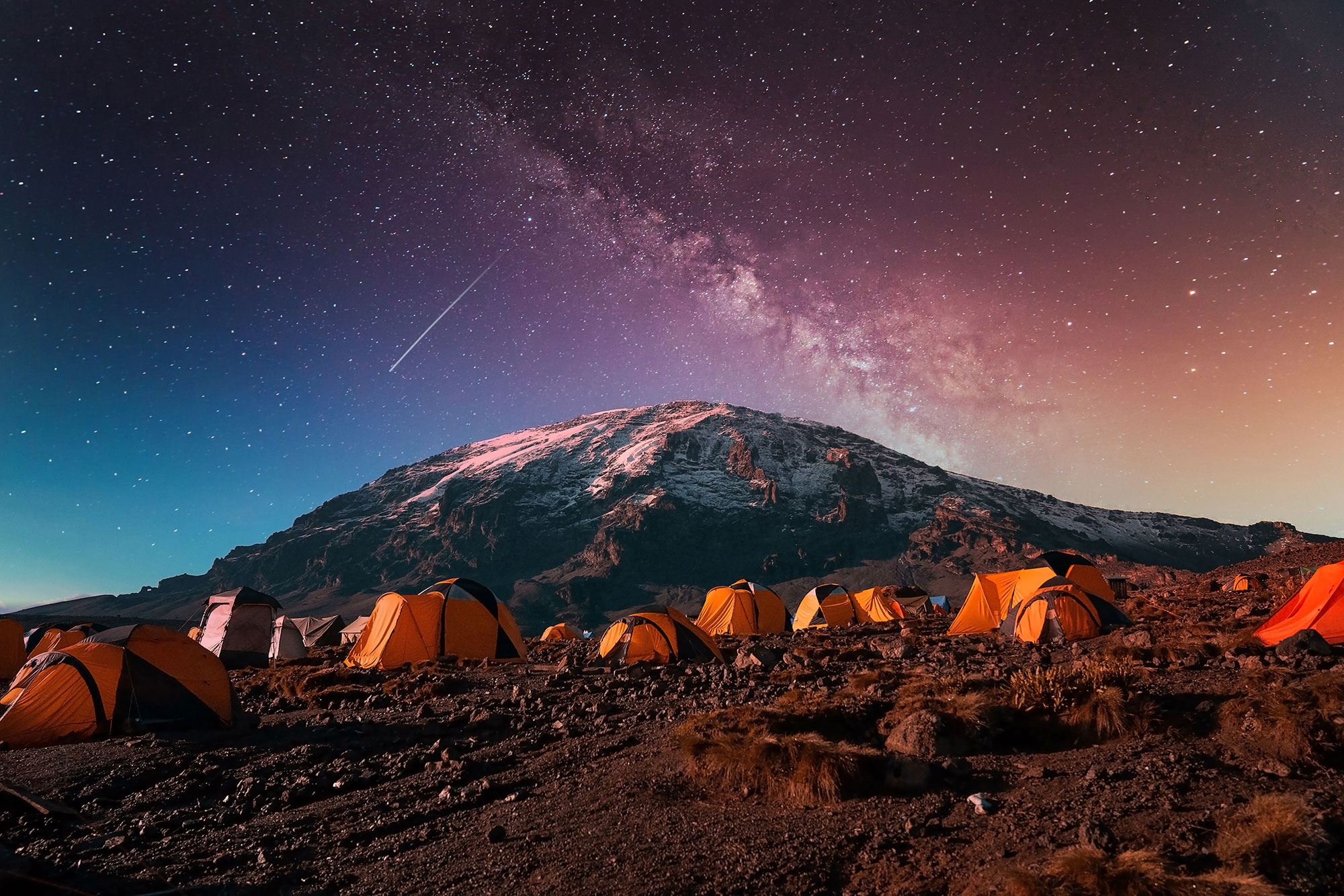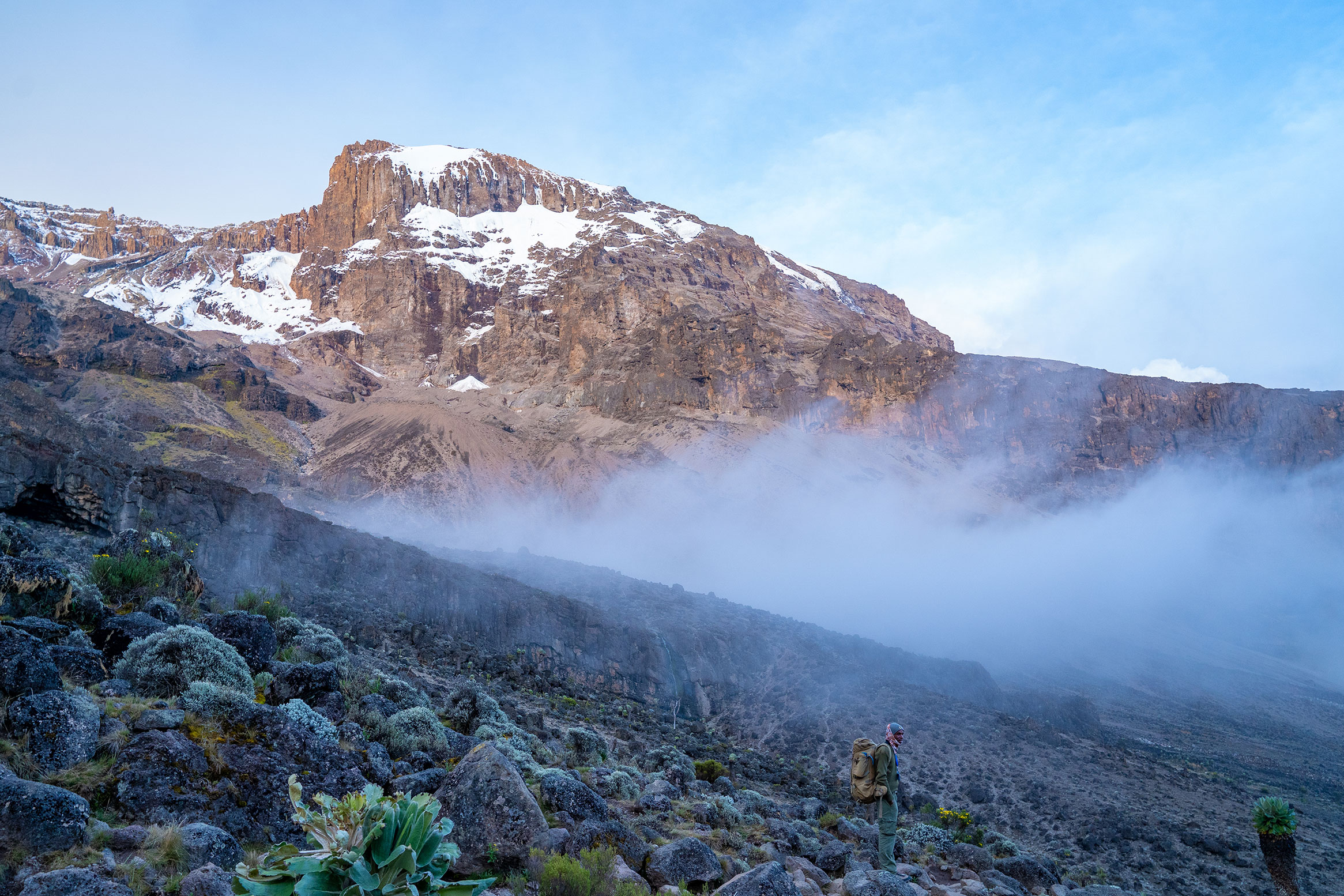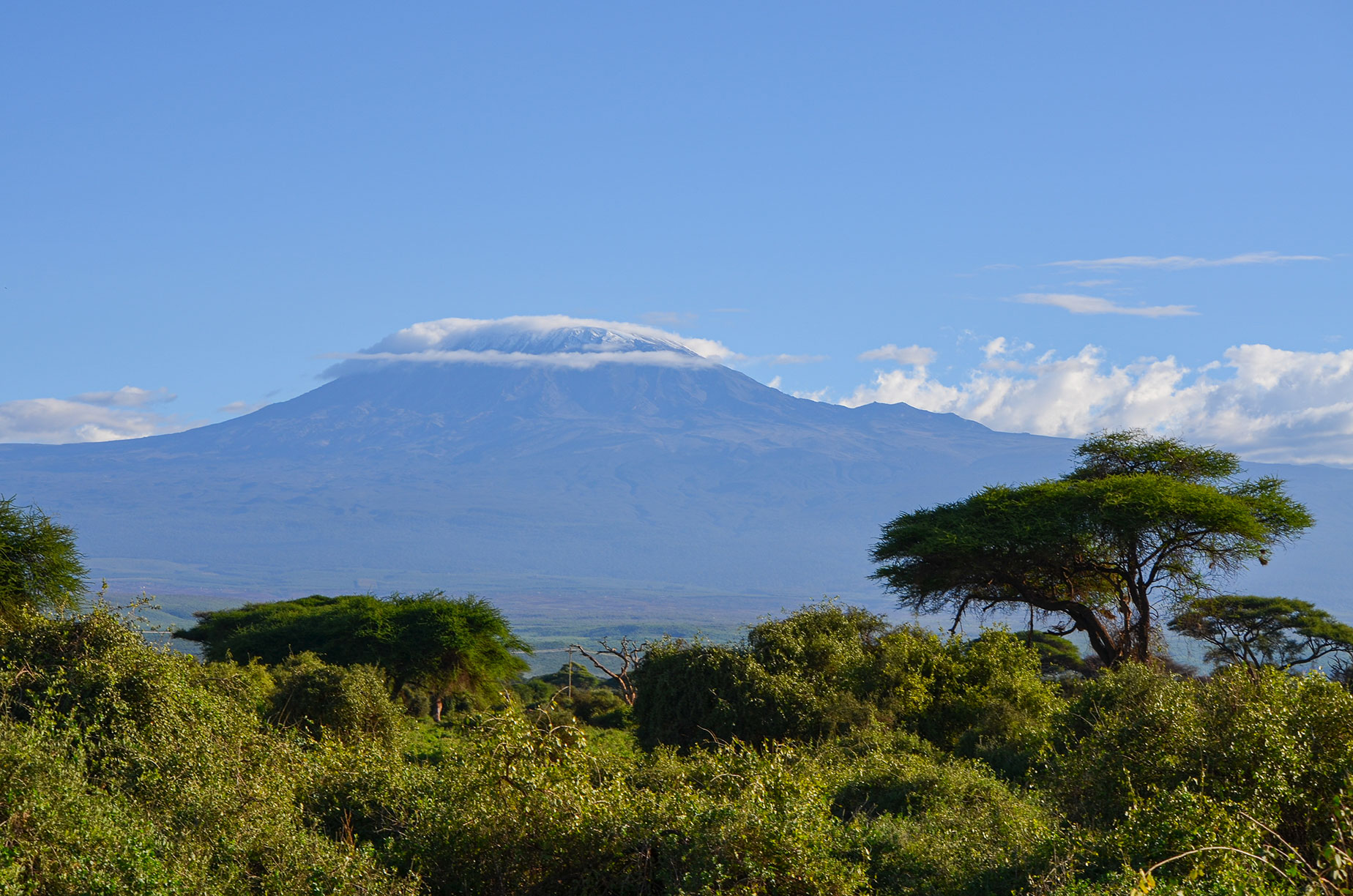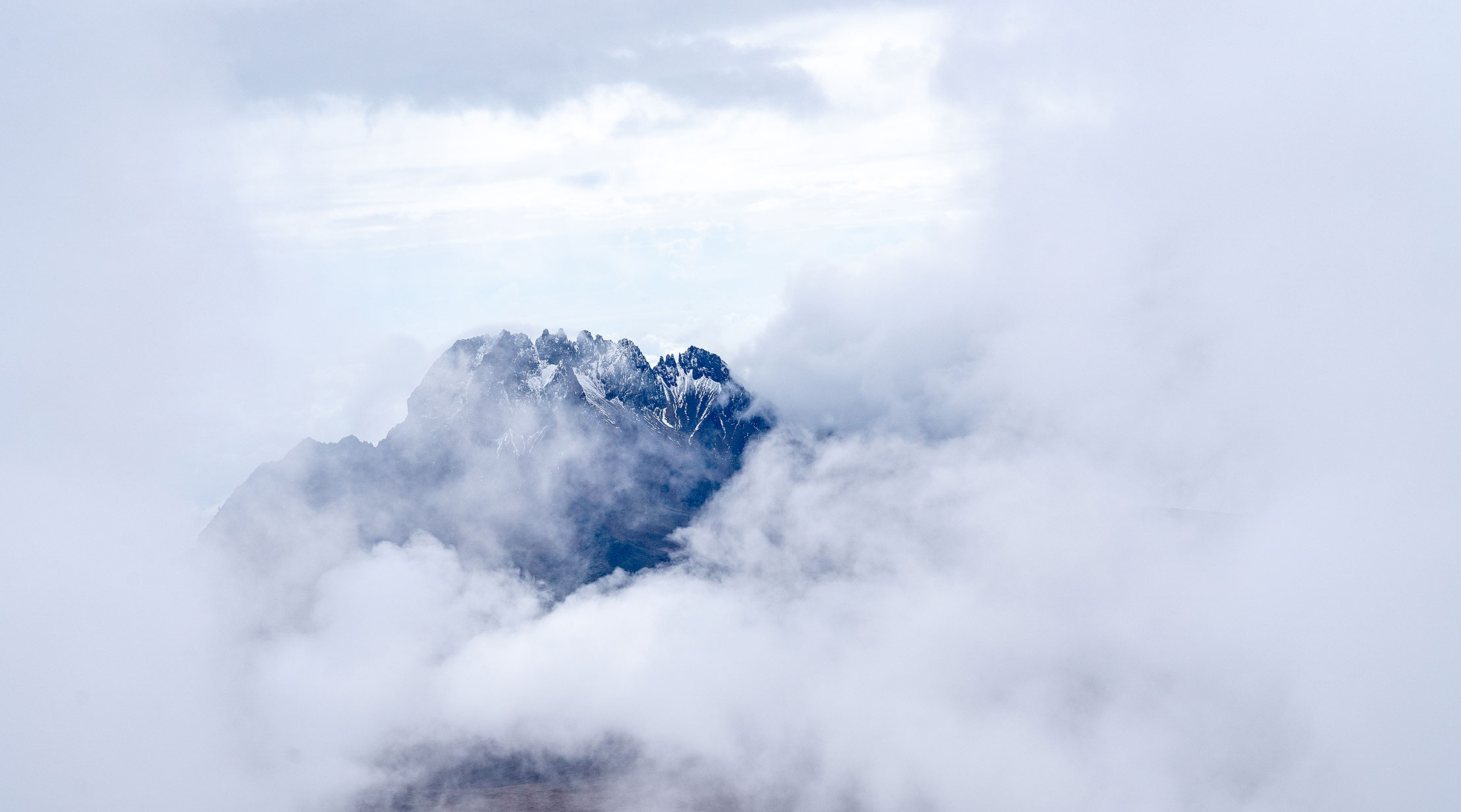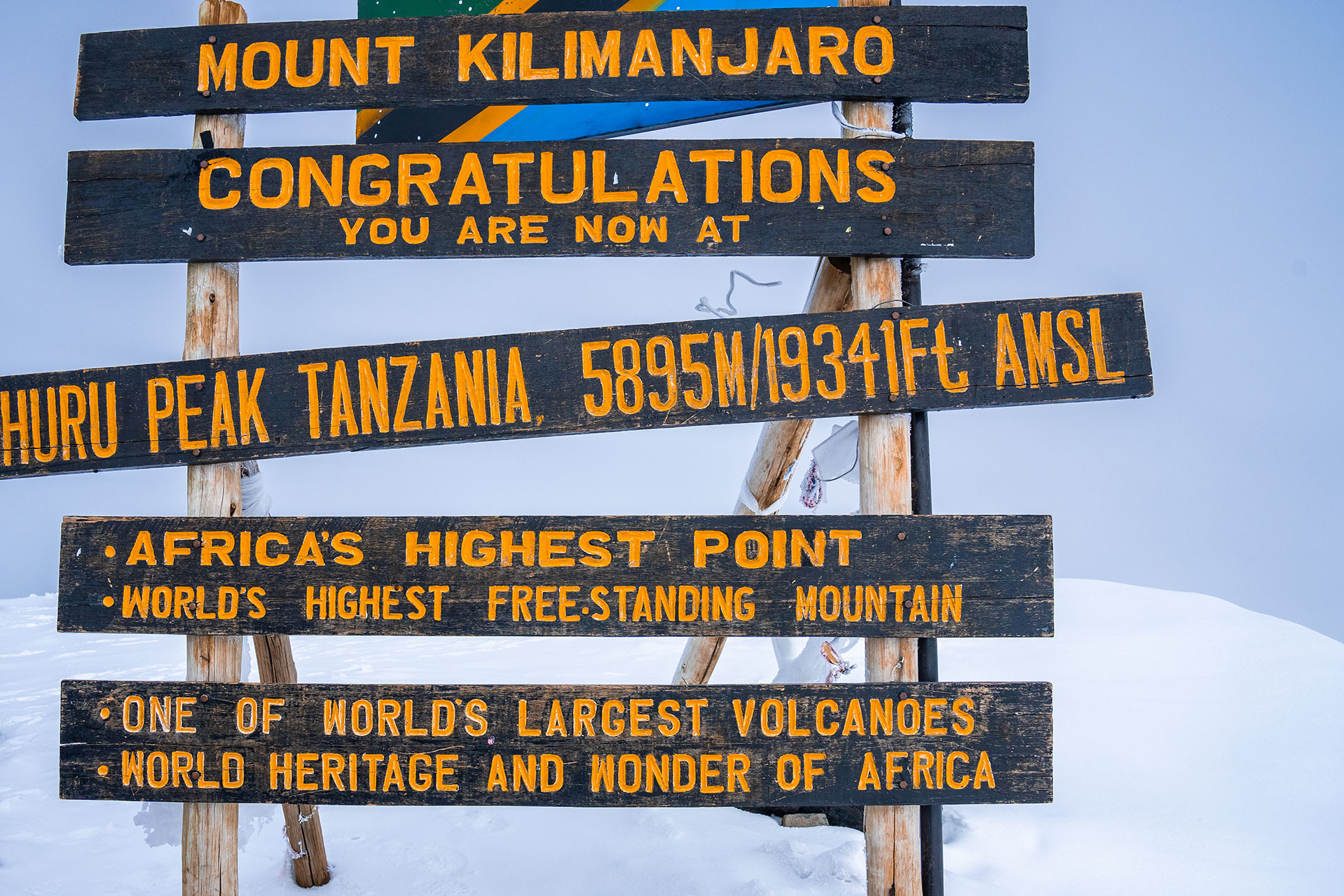Climb
Kilimanjaro
Kilimanjaro is the tallest mountain in Africa, standing at 5896m (19,364’) above sea level and the tallest free-standing mountain in the world. Kilimanjaro is a formidable challenge but is attainable by trekkers with a reasonable level of fitness.
Penniac Wilderness Adventures partners with a world class Tanzanian team to deliver a first-class mountain experience. Our lead African Guide, Hebron Mwandandilla has summitted Kilimanjaro over 300 times. We also bring a Canadian physician with training in Altitude and Wilderness Medicine to accompany our expeditions to deliver an extra element of safety and support.
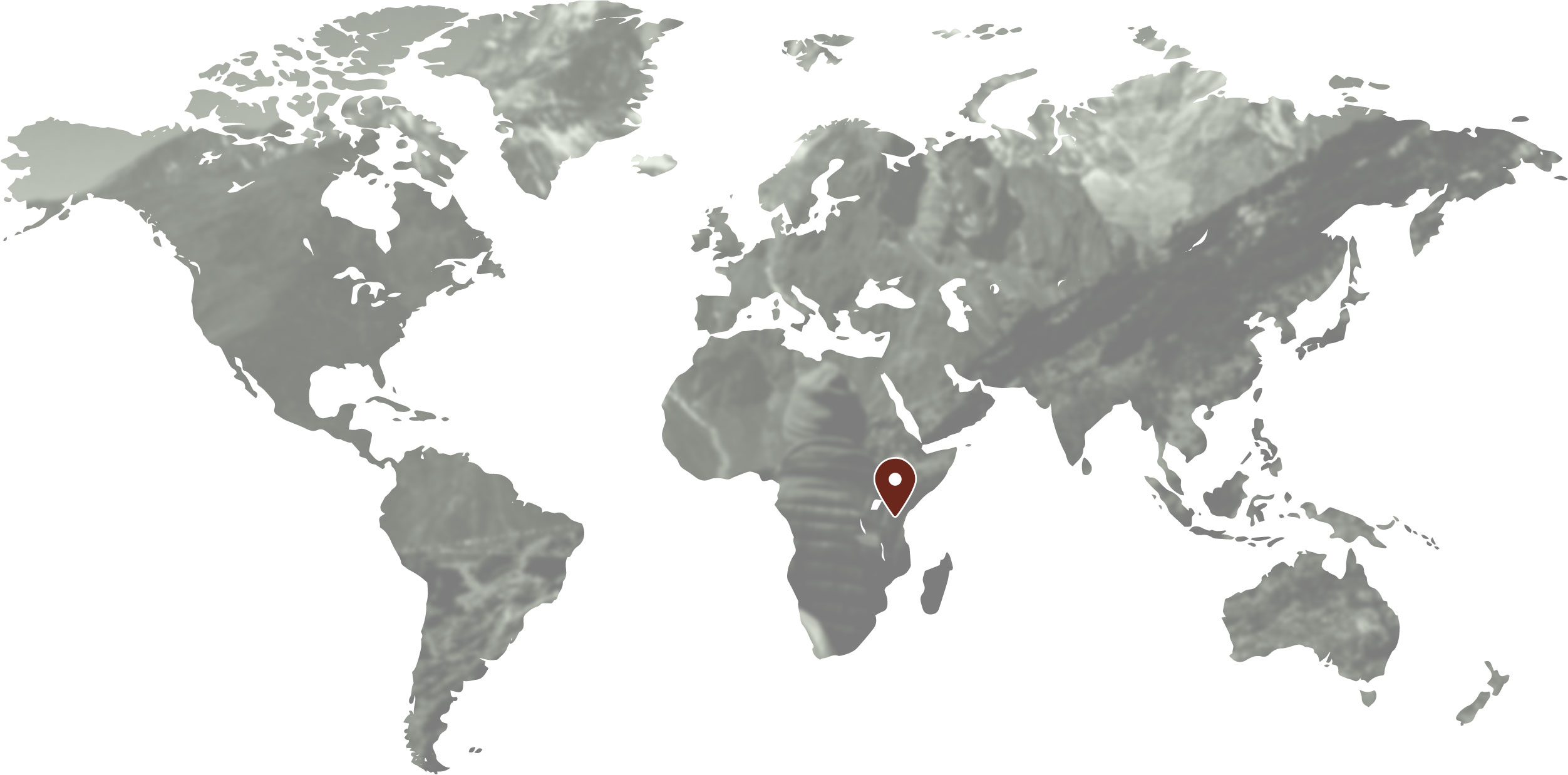
Itinerary
Our itinerary includes 7 days of trekking on either the Machame or Lomosho route. By taking a 7 day route, we increase the likelihood of summitting by allowing more days on the mountain for acclimatization. On the mountain you will be exposed to a variety of climactic zones, wildlife, and Tanzanian culture – including uplifting songs and dance!
Our itinerary may vary somewhat from group to group, but a sample itinerary is below. Depending on which route we take, the campsites will differ from Day 1 to Day 3. The Lemosho and Machame routes then converge for the remainder of the expedition.
Group members are to arrive at Kilimanjaro International Airport on Day 1. You will pass through Tanzania immigration and then be met by our lead guide, Hebron. You will then be transported to our hotel for relaxation and rest for the evening!
On day two, we perform our final gear checks and discuss the upcoming expedition. We will meet some of our African team members and have the option to do a city tour in Arusha and visit some local markets and shops. We will also spend some time at the hotel to relax.
Day three will be an early morning start and we will travel to the Main Gate. There will be some administrative tasks our guides will complete and then we will begin our trek to the first campsite.
Day four is a relatively gentle day of trekking through the lower mountain and onto the Shira Plateau. If the weather is clear, we will see some incredible views of Kilimanjaro.
Day five involves trekking along the Shira Plateau with some mild elevation gains as we approach the start of the upper mountain.
Day six will take us to true ‘high altitude’ as we ascend the mountain to have lunch at ‘Lava Tower.’ At Lava Tower it is normal to experience some mild effects of Altitude. We will have lunch here and then descend into Campsite 4 (Barranco Camp). Barranco is a beautiful campsite with Dendrosenico trees throughout the site.
On Day seven we begin by climbing the infamous ‘Barranco Wall.’ This wall is a steep section of the trail that involves a small sections where trekkers must use their hands to aid passage over rocky sections. There is no true climbing involved. We will slowly, slowly ascend the Barranco Wall and then take a break at the top. We will then move towards our lunch stop at Karanga Camp. From there we will continue our ascent to Kosovo camp, passing through Barafu camp along the way. We will have an early supper and an early bedtime as we prepare for summit day.
Summit day will begin in the early hours of the morning. We will have breakfast, dress in our warm clothing and aided by our headlamps we will begin the journey to the summit. For the first few hours we will be in darkness but will then begin to see a beautiful (and warming) sunrise as we reach Stella Point. From Stella Point we will then traverse along the crater rim as we approach Uhuru Peak – the summit of Kilimanjaro! We will take time to enjoy the accomplishment and take pictures. From there, we will descend back to Kosovo camp, have a small rest, and lunch, and then descend to Millennium Camp.
The final mountain day is a descent back to the Heather zone, green trees, and possibly monkeys as we approach Mweka Gate and meet our bus back to the Hotel.
Day 10 itinerary will depend on the group’s plans, but could involve a city day, the start of a safari, or travel to the airport to return home.
Travel
Trekkers are to book travel to arrive at Kilimanjaro International Airport (JRO) on Day 1 of the itinerary. We encourage trekkers to arrive via KLM Royal Dutch Airline which offers a direct flight from Amsterdam to Kilimanjaro. This route avoids any transit points in Africa.
We advise all clients to purchase insurances that cover:
- Trip delay, cancellation, and interruption
- Medical Evacuation, repatriation, and medical expenses (inclusive of 6000m elevation) for the duration of the expedition
- COVID specific travel insurance in the event of a COVID related illness or isolation
Safari Options
Following trekking Kilimanjaro, many people wish to do an African Safari – and for good reason! An African Safari is truly a breathtaking experience. You will be able to drive through the African savanna and see some of the worlds most incredible animals.
Safari options are very flexible but can range from one to three days in length. There are several areas that can be visited including the Sergeneti, Tarangire and Ngorongoro National Park. Each area has its own unique features and ecology, but every area affords the opportunity to see a wildlife.
Accommodations on the safari are flexible as well. From luxury hotels to wilderness camps, we have flexibility on our accommodation options. We can also do a mix of different types.
Our Safari will be led by our main guide, Hebron. We will also be led by Edward, who is a trained Safari guide, driver, and ecologist. Edwards’s depth of knowledge on the African savanna, the animals and their habits is crucial to a successful safari.
If you are considering a safari, please contact us and we can discuss options and prices!
Cost
Kilimanjaro With Safari
Safety & Medical
Our team takes numerous steps to ensure the safety of our clients and team on our expeditions. On the mountain we carry an extensive medical kit and are accompanied by a Canadian physician. Our guides are trained in wilderness first aid. We always carry oxygen cylinders with us. Our lead guide has guided over 300 summits to Kilimanjaro with a success rate of over 99%. We take safety very seriously.
The above being said, Kilimanjaro does have inherent risks and Altitude can be a precipitant for underlying health issues. We do require clients to disclose any underlying health issues and sign a waiver that they acknowledge the risks involved.
We also cannot guarantee all trekkers will reach the summit. It is possible that you will be advised to turn around if your medical status or fitness is not sufficient to reach the summit.


